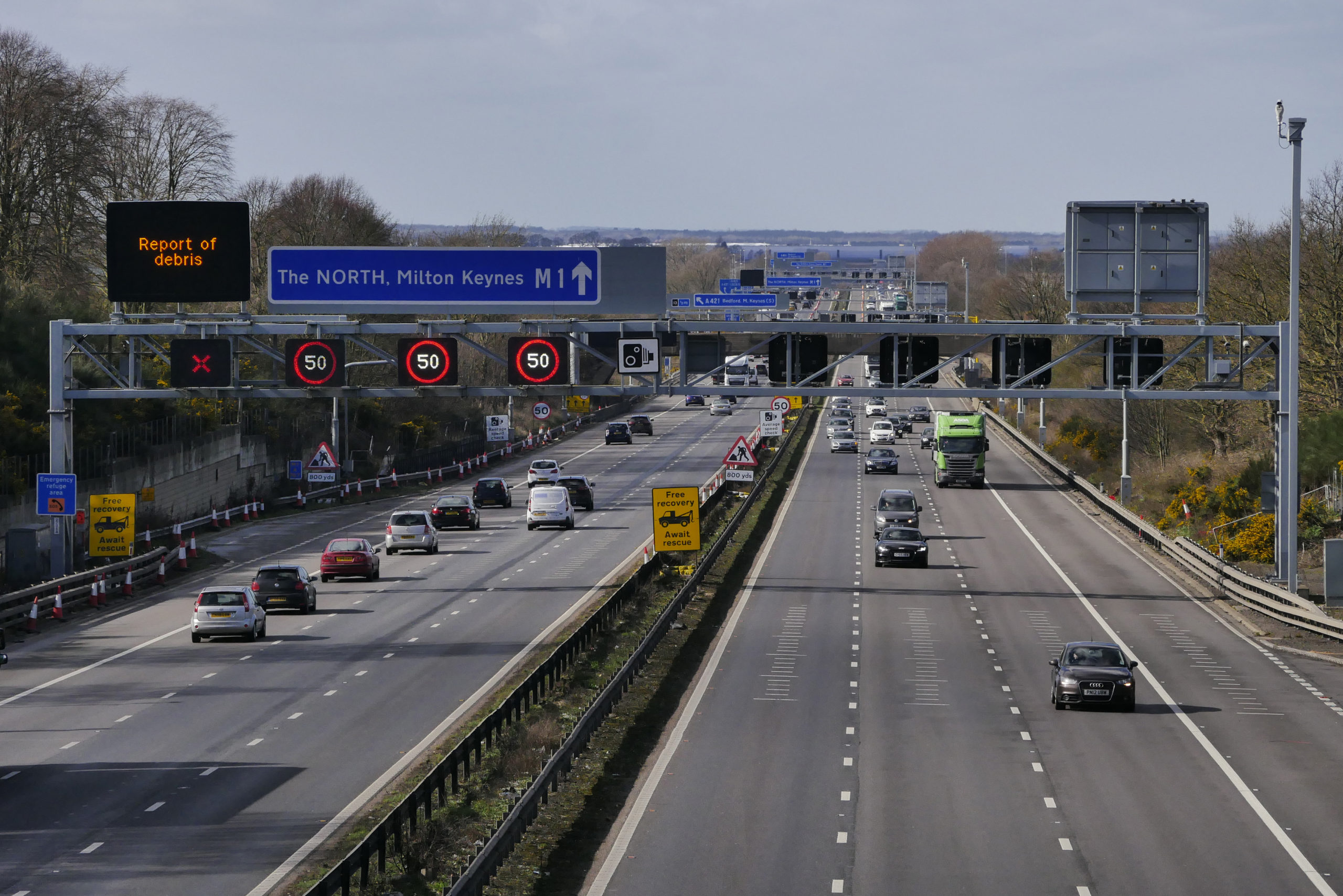
In partnership with the Office of Rail and Road (ORR), Agilysis has delivered an in-depth review of National Highways' ongoing evaluation of the Smart Motorway Action Plan, a critical component of the UK’s efforts to enhance safety across the Strategic Road Network (SRN). Following the Department for Transport’s (DfT) 2020 Smart Motorway Safety Evidence Stocktake and Action Plan, National Highways committed to a series of actions to improve safety:
- Reducing incidences of live lane breakdowns on all-lane running motorways
- Reducing the time for which people who break down or stop in a live lane are at risk and
- Educating drivers on what to do if they break down in a live lane
This review formed part of ORR’s oversight of Recommendation 6 (TSC6) from the Transport Select Committee’s inquiry into smart motorways.
Agilysis was commissioned to examine how National Highways evaluates its safety initiatives, particularly those related to live lane incidents and driver education.
This review focused on four key pillars:
- Responsiveness to Previous Recommendations – Measuring how effectively National Highways has acted on past evaluation feedback and built it into their evolving safety strategies.
- Data Collection and Analysis – Exploring the strength of the data collection processes, identifying obstacles in quantifying safety impacts, and evaluating the operational use of vehicle stop data.
- Methodological Robustness – Assessing whether National Highways’ evaluation methods align with recognised best practices and are consistently applied across projects.
- Continuous Improvement – Gauging the organisation’s commitment to an iterative, forward-looking approach to evaluation as it progresses toward the 2027 reporting goal.
The review concluded that National Highways’ current evaluation strategy is in encouraging alignment with best practice standards. NH has adopted a multifaceted approach, using diverse and evolving data sources to better assess outcomes. This approach also reflects the complexity of delivering safety upgrades on an active road network.
However, the report also highlights areas where improvements could further strengthen confidence in the findings:
- Addressing Data Limitations Early – Proactively recognising where data challenges exist allows for clearer expectations and stronger reporting.
- Enhanced Analytical Clarity – With multiple upgrades often running concurrently, refining analytical models could help isolate the effects of specific interventions.
- Forward Planning Toward 2027 – Regular reassessment of reporting timelines and readiness will be key to meeting the ambitious 2027 target.
The report identifies that National Highways has demonstrated a clear commitment to improving road safety and building an evidence-based approach to evaluation. This collaboration and independent review reinforces the importance of robust, transparent, and adaptive evaluation in delivering real-world safety improvements, and we’re proud to support this mission.
You can read the full report here.


